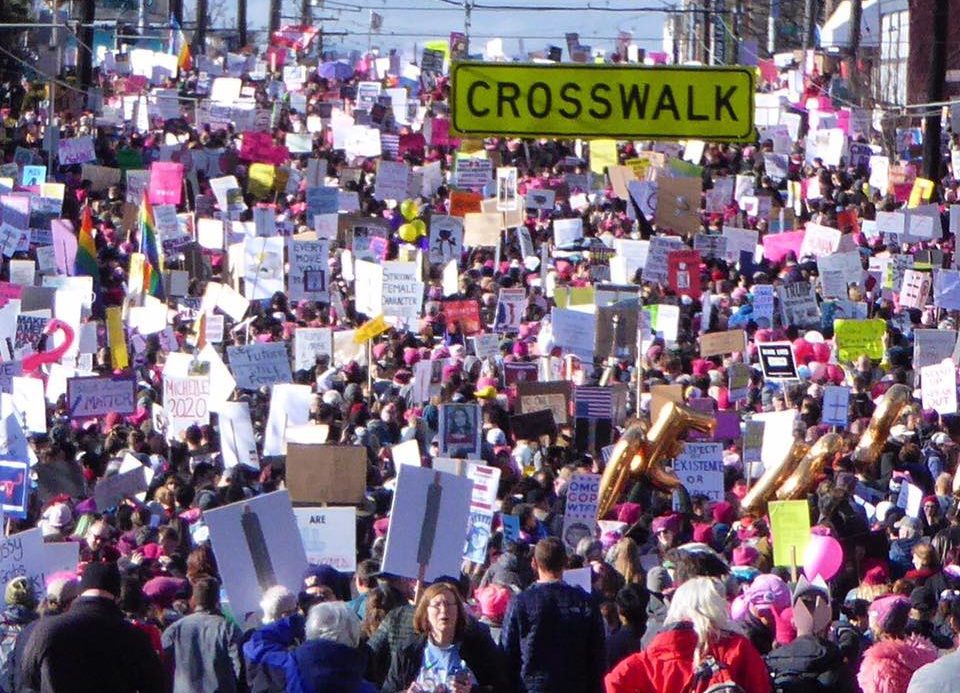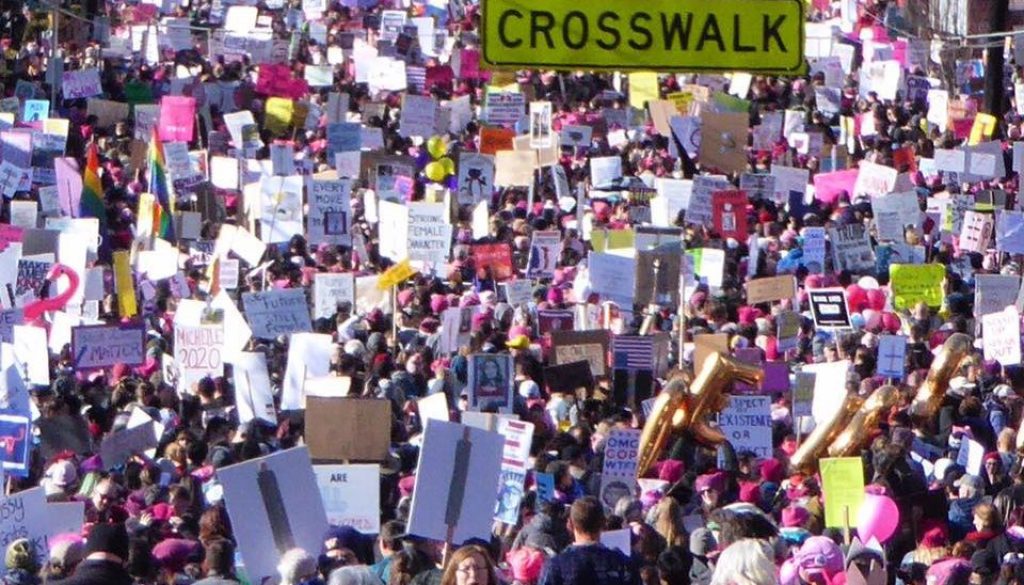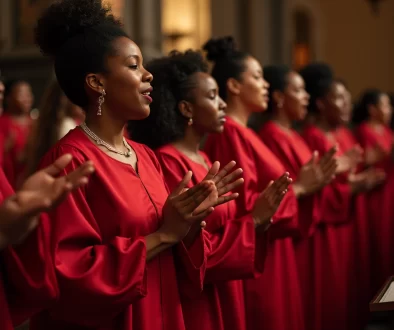What Does the Women’s Strike Mean?

What makes a strike work? Large crowds, a focused goal, and inclusion. The evolution of the Womxn’s March on January 21, 2017, had a bumpy start, but evolved to have a focused, intersectional mission. Similar questions face the strike; who’s it for, who gets to go, and what’s its purpose?
Women’s strikes have typically succeeded when they have some clear idea of what women’s work is, some obvious problem that will become clear through women’s strategic withdrawal—for example, a French strike in which women left work early (to symbolize the time of day they stopped getting paid, as compared to men with the same job). Without a specific, labor-related point, after all, a “strike” is just a particularly righteous personal day.
In Elle, Sady Doyle looks at the history of women’s strikes and the complexity of who they serve even while finding praise for the current movement.
It’s also worth noting that the Women’s March itself was initially criticized for the fuzziness and non-specificity of its goals, and it still became the most successful protest in U.S. history.
Source: What Does the Women’s Strike Mean?



